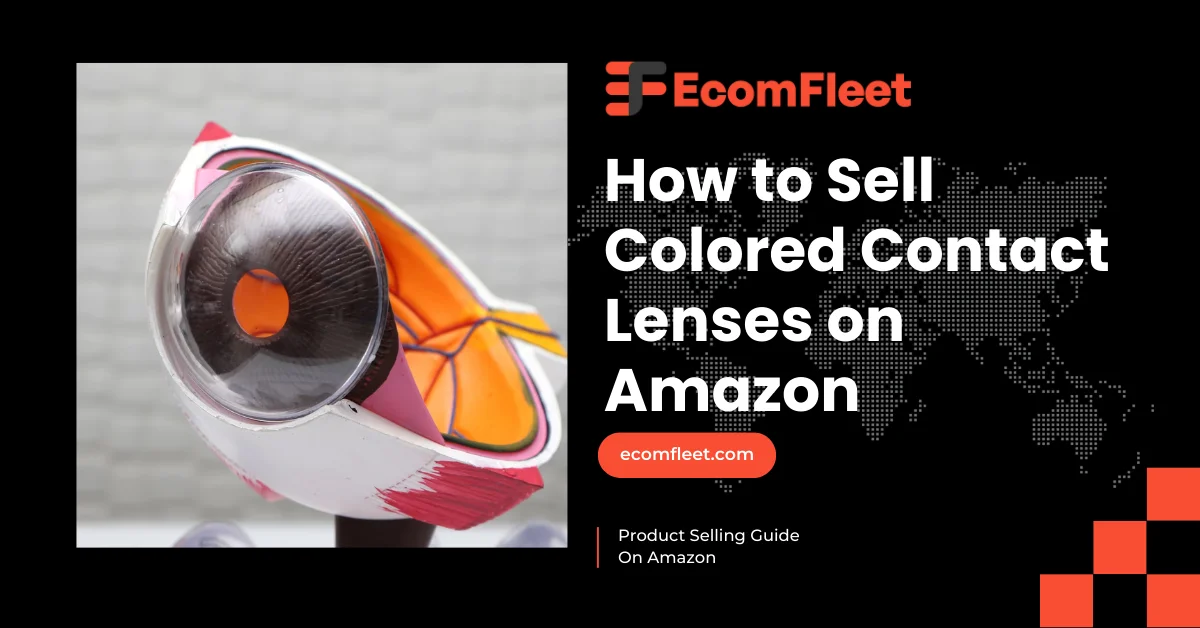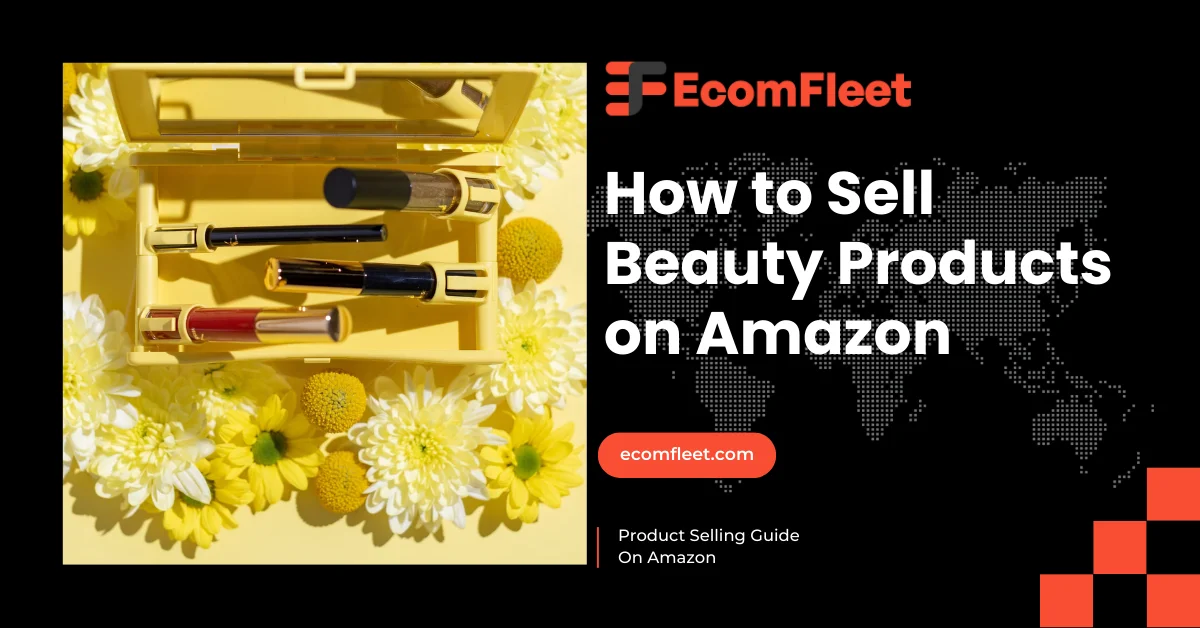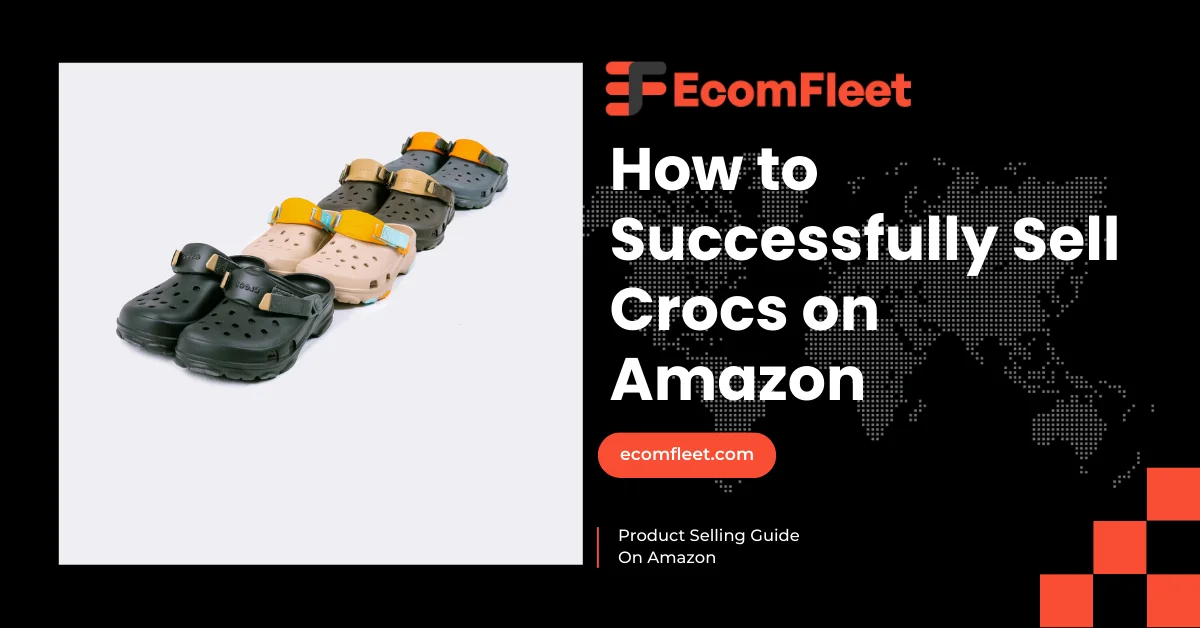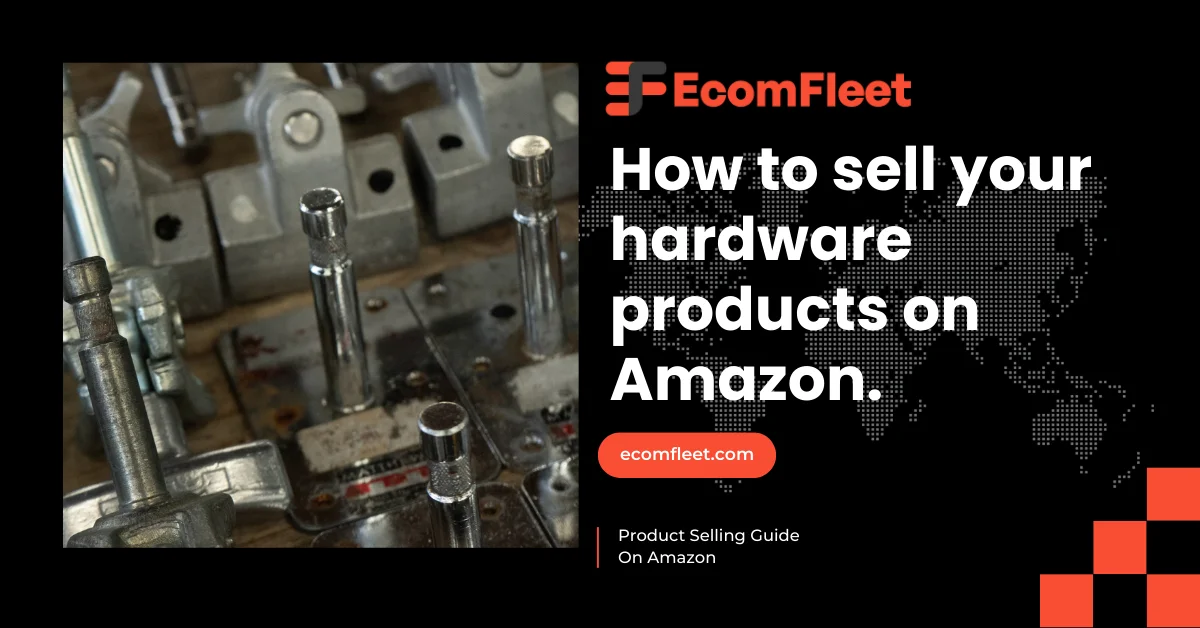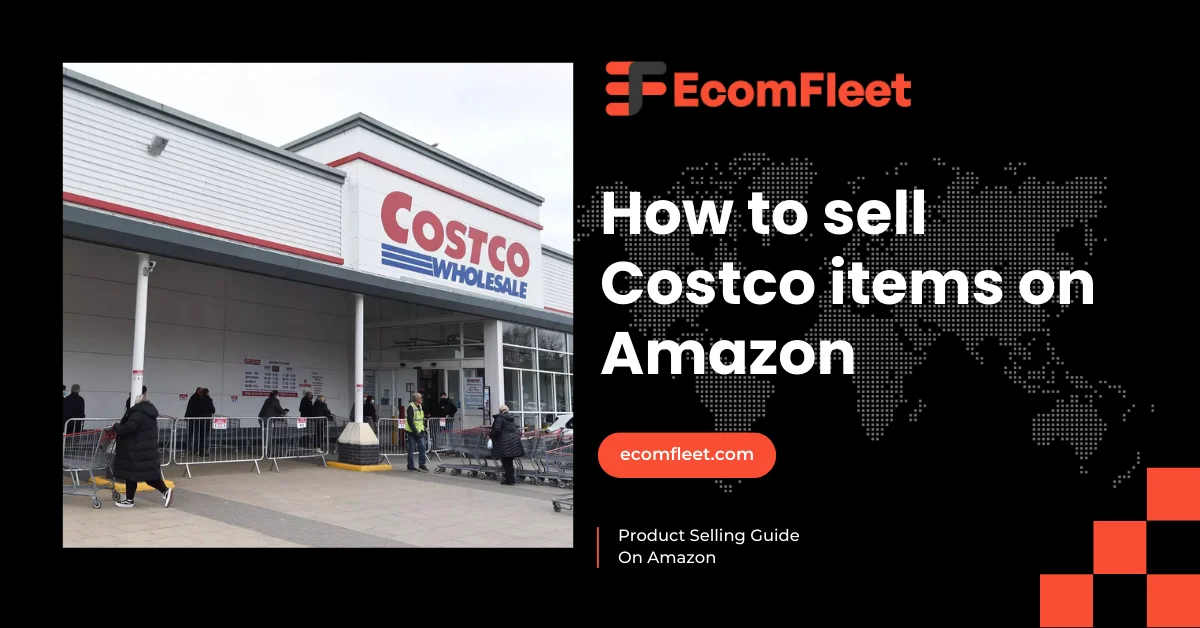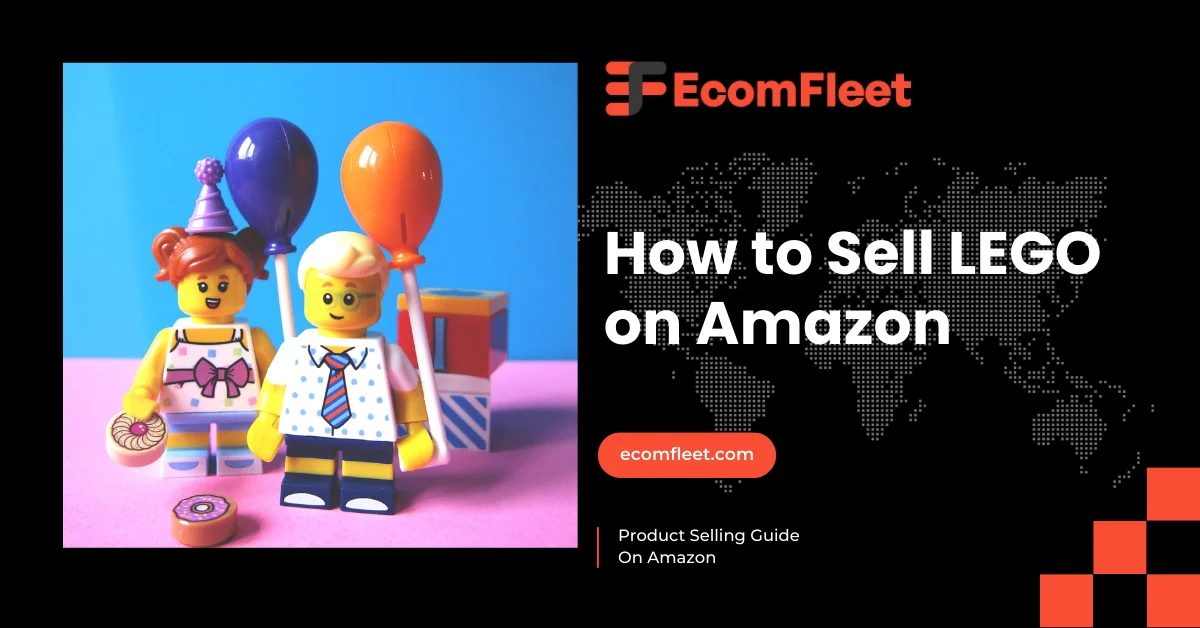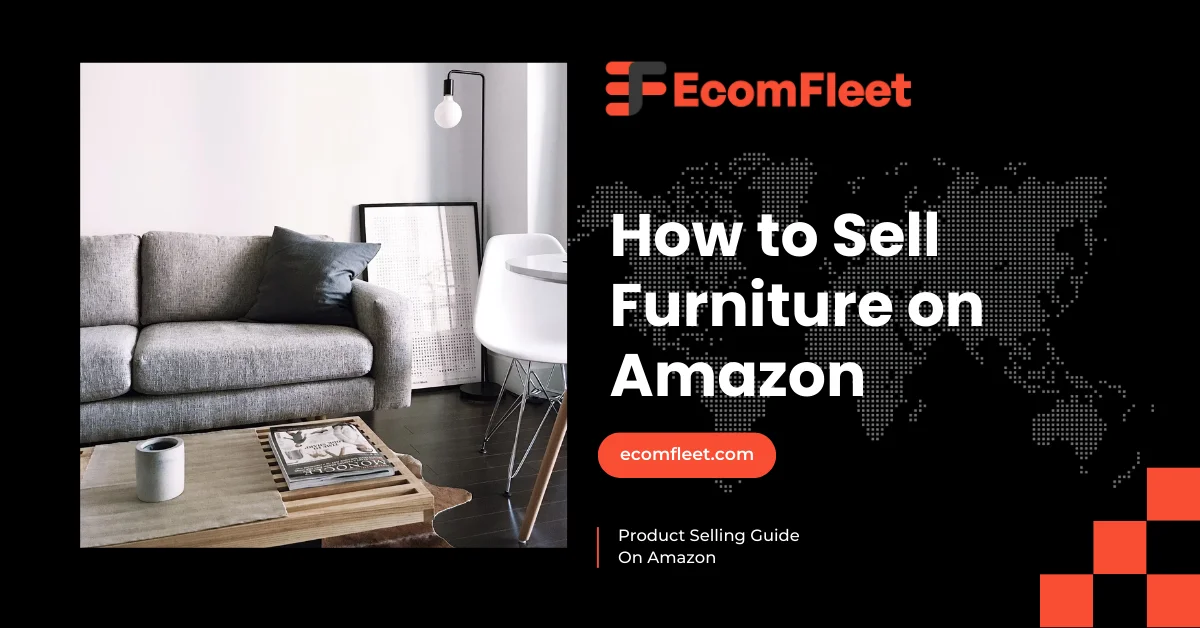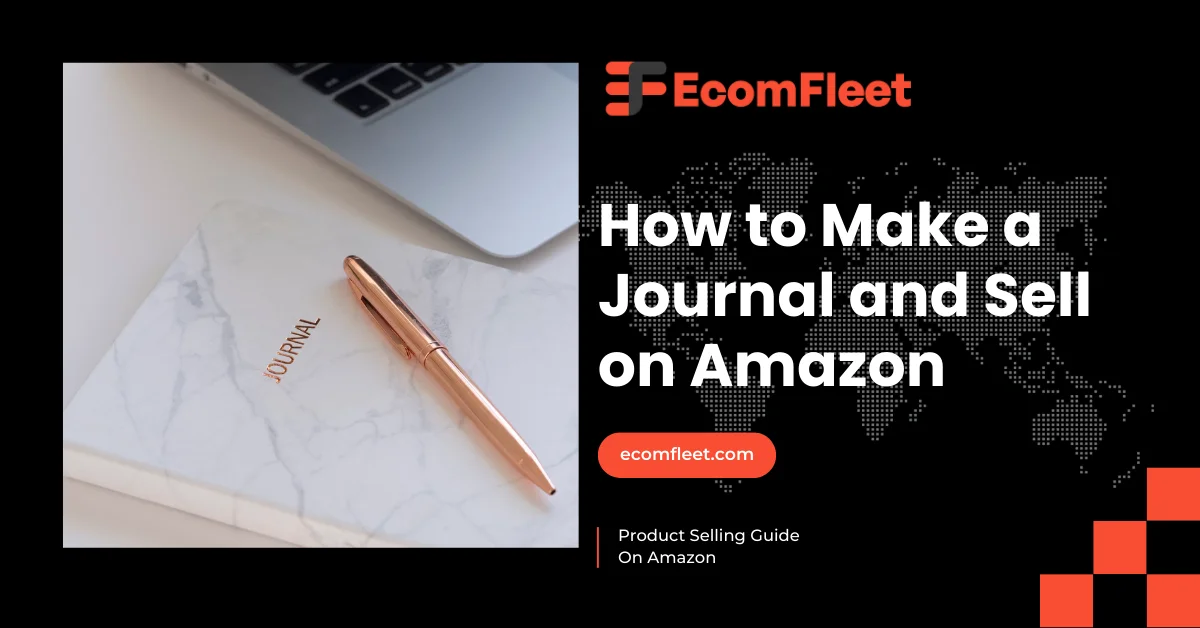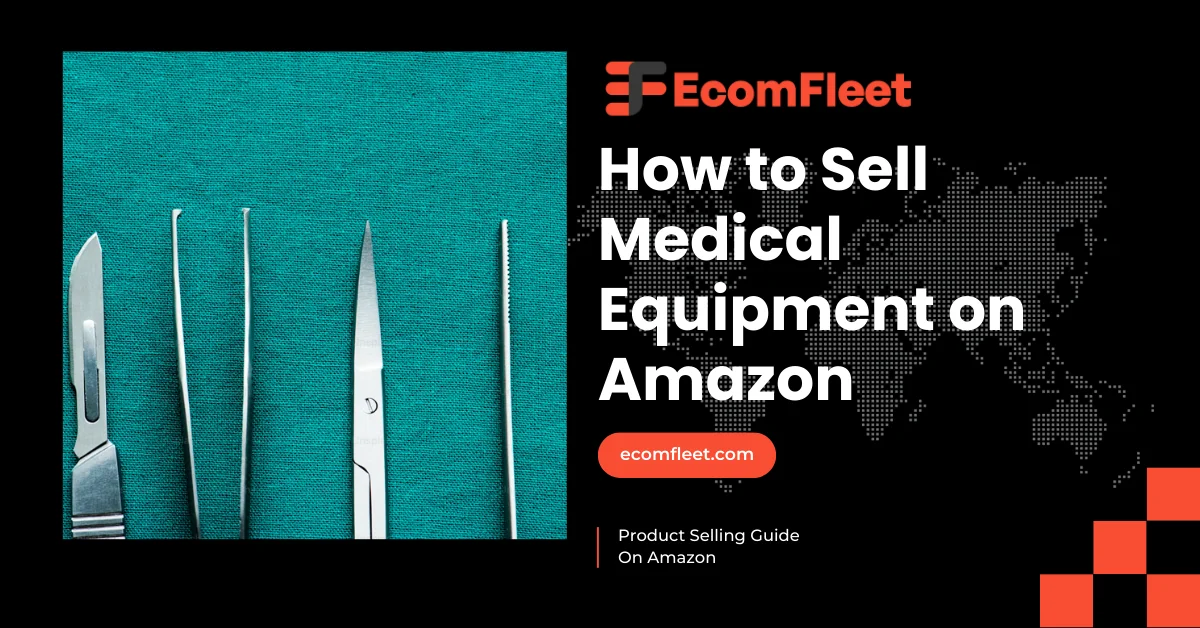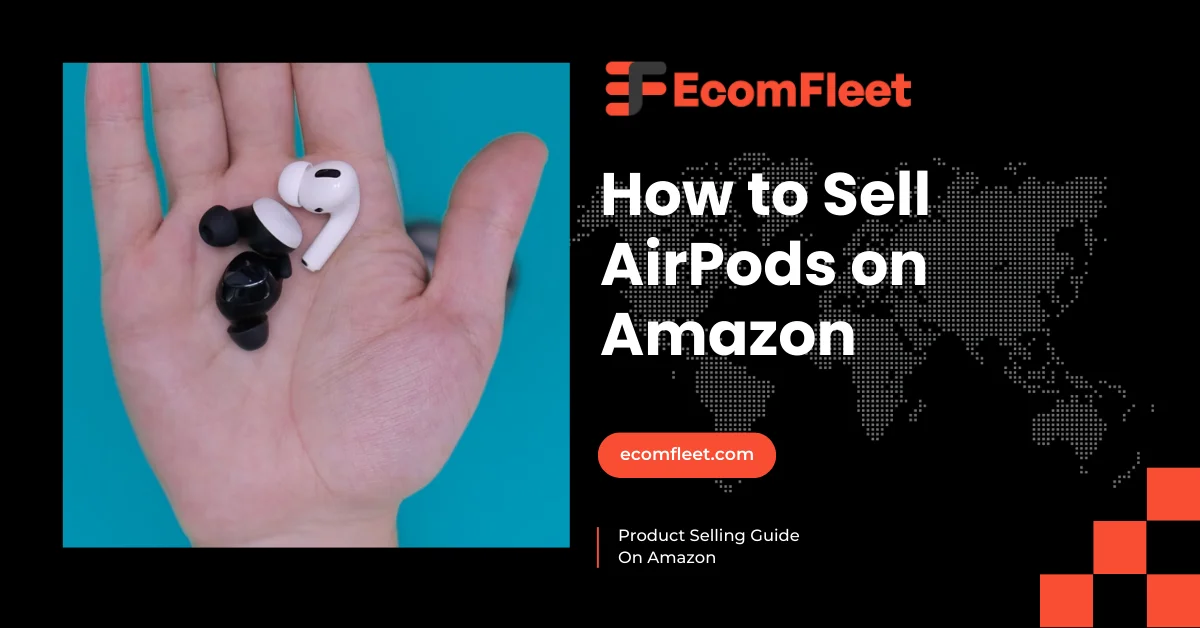Potential Of Selling Jewelry on Amazon
The U.S. jewelry market continues to thrive, especially online. Online jewelry sales are projected to rise by 13.2% in 2024, to $105.6 billion, the first annual increase in three years. By 2029, the global online jewelry market size is forecast to hit $166 billion.
In the United States, analysts anticipate online jewelry sales in 2024 to rise at a slower pace of 12.1%, to $22.5 billion. Despite economic challenges, the jewelry market has proven resilient, with more customers opting for online purchases over traditional brick-and-mortar stores. This trend shows no signs of slowing, making the U.S. market a profitable area for sellers.
Amazon is one of the most effective platforms for jewelry sales, offering access to millions of customers globally. Selling jewelry on Amazon benefits from features like Amazon Prime, fast delivery, and customer trust in the platform. Amazon’s user-friendly system helps streamline product listings, manage inventory, and handle customer service.
Another benefit is Amazon’s robust tools and resources. They provide sellers with features to help manage inventory, track sales, and promote products effectively. You can also use Amazon’s advertising options to reach even more customers. This can help your jewelry stand out in a crowded market, giving you a better chance of making sales.
Understanding Types & Trends in Jewelry on Amazon
When selling jewelry on Amazon, it’s essential to understand the various types and current trends in the market. Jewelry is a vast category that includes a range of items, each appealing to different customer preferences. By knowing these types, you can better target your audience and improve your sales.
Types of Jewelry:
Necklaces:
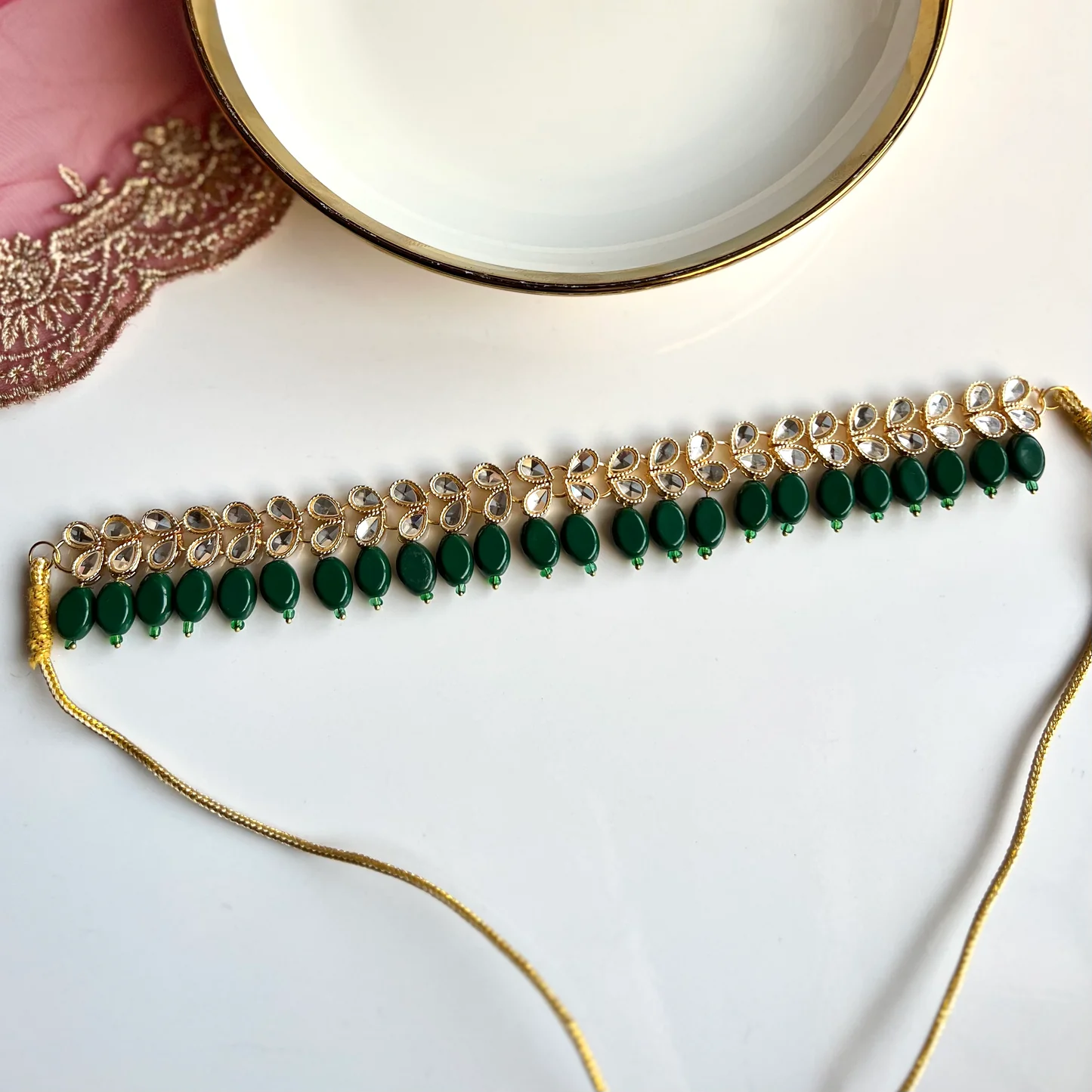
Necklaces come in various styles, ranging from minimalist chains to intricate statement pieces. Current trends favor layered necklaces, where wearers combine different lengths and designs to create a personalized, eye-catching look. These necklaces often include delicate pendants, gemstones, or charms, allowing for versatile styling. This variety makes necklaces a staple accessory for both casual and formal wear, appealing to a broad audience.
- Cost: $10 – $1,000
- Profit: 30% – 100%+
- Example: A gold-plated necklace costs $20 to produce and sells for $50, generating a $30 profit.
Bracelets:
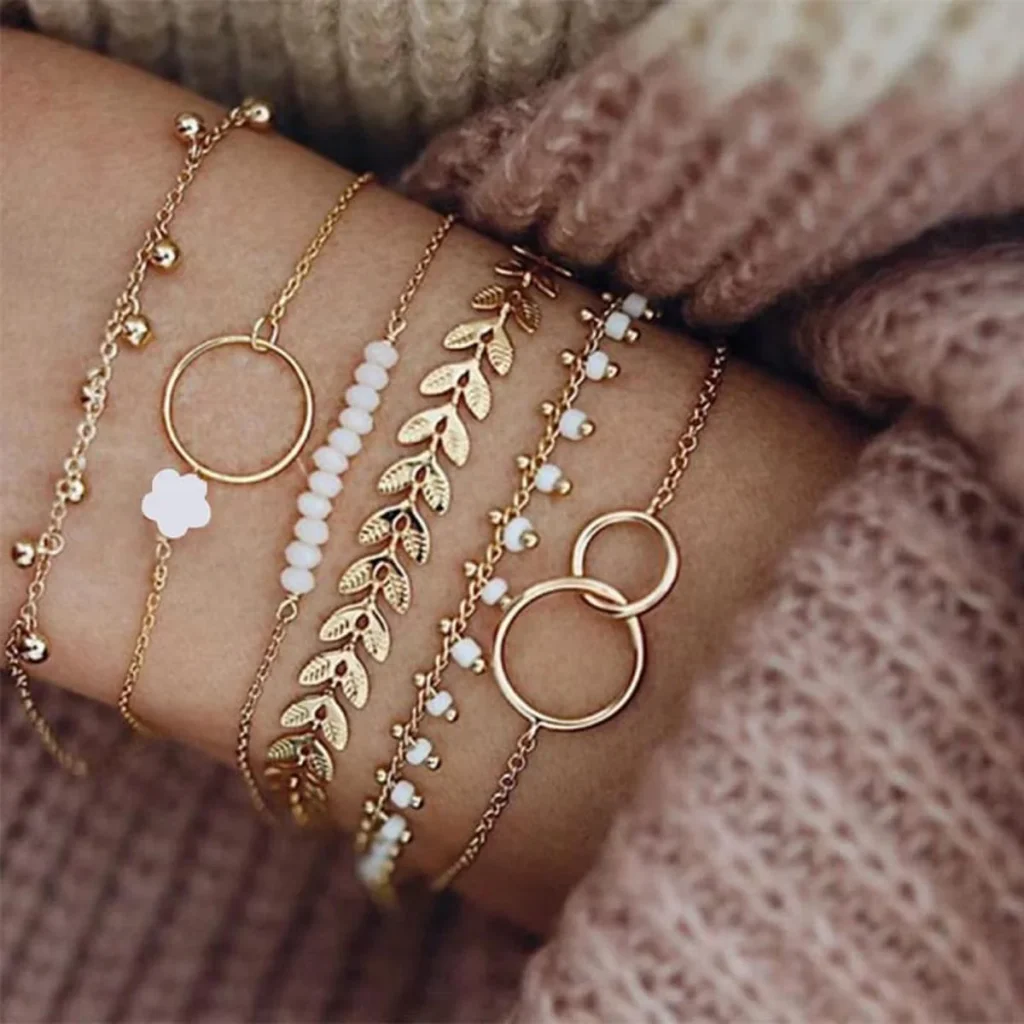
Bracelets are available in a range of materials, including metal, leather, and beads. Charm bracelets, which allow wearers to add personalized charms representing special memories or interests, are particularly popular. These customizable options resonate with customers who appreciate unique, sentimental pieces. Additionally, stacking multiple bracelets has become a common trend, allowing for diverse combinations of textures and colors.
- Cost: $5 – $500
- Profit: 40% – 100%
- Example: A charm bracelet costs $30 to produce and sells for $80, yielding a $50 profit.
Earrings:
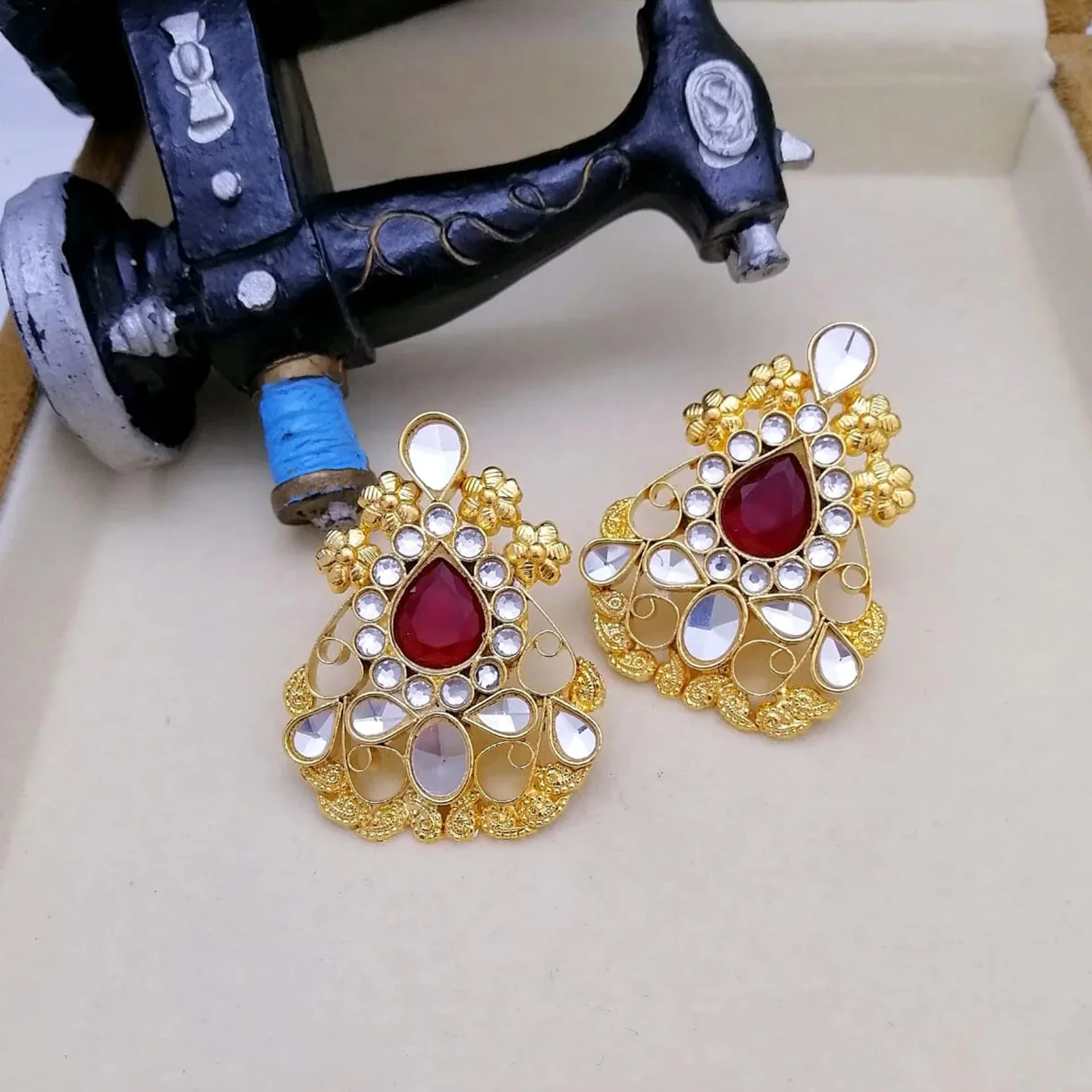
Earrings come in many forms, from classic studs to dramatic hoops and drop designs. Statement earrings are currently in vogue, particularly among younger customers who seek bold accessories to enhance their outfits. These oversized, intricate designs can instantly elevate a look, making them perfect for special occasions or as everyday fashion highlights.
- Cost: $3 – $50+
- Profit: 50% – 200%
- Example: Statement earrings cost $15 to produce and sell for $45, giving a $30 profit.
Rings:
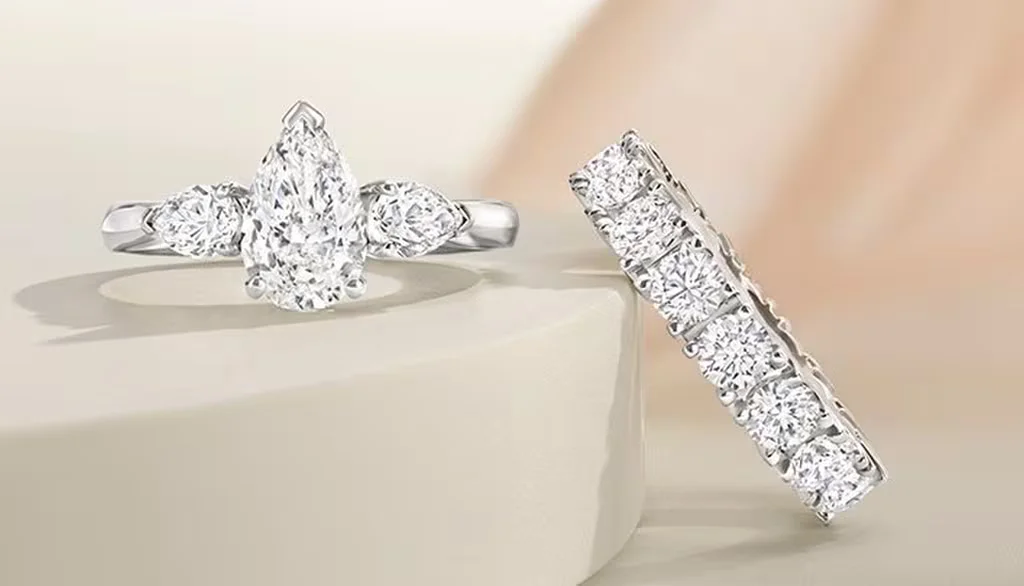
Rings remain a staple in both fashion and fine jewelry. Engagement rings, featuring diamonds or other gemstones, are always in demand. However, fashion rings—ranging from minimalist bands to intricate, sculptural designs—are equally popular. Shoppers gravitate toward rings that offer customization, such as engravings or mix-and-match options, to create pieces that reflect their personal style or hold sentimental value.
- Cost: $20 – $1,000+
- Profit: 50% – 150%
- Example: A fashion ring costs $50 to produce and sells for $125, making a $75 profit.
Current Trends:
Understanding current trends can help you decide what types of jewelry to focus on. One popular trend is sustainability. Many customers are looking for eco-friendly materials and ethically sourced gems. Jewelry made from recycled materials or ethically sourced stones is gaining traction.
Another trend is personalization, audience love items that reflect their unique style or tell a story. Offering customizable pieces, such as engraved items or those that can be personalized with initials, can set your shop apart.
Fashion jewelry, which is more affordable and trendier, is also gaining popularity. Pieces that follow the latest fashion trends attract younger buyers looking to express themselves without spending too much.
Source the jewelry If you are not manufacturer
If you’re looking to sell jewelry on Amazon but are not a manufacturer, sourcing quality products is key to building a successful business. Fortunately, there are several effective ways to find jewelry suppliers and ensure you offer appealing pieces to your customers.
- Wholesale Suppliers:
One of the most common methods is to work with wholesale suppliers. These businesses purchase jewelry in bulk from manufacturers and sell it at a lower price. You can find wholesale suppliers online through platforms like Alibaba, Thomas Net, or Wholesale Central. Be sure to check their ratings and reviews to ensure they provide quality products and reliable service.
- Trade Shows:
Attending jewelry trade shows is another excellent way to source products. These events bring together manufacturers and suppliers, allowing you to see the jewelry in person and build relationships with potential partners. Events like the JCK Show in Las Vegas or the New York Antique Jewelry & Watch Show showcase a wide range of styles and materials.
- Local Artisans:
You can also collaborate with local artisans who create handmade jewelry. This not only supports local businesses but also allows you to offer unique, one-of-a-kind pieces that can attract customers looking for something special. Establishing partnerships with artisans can help you curate a distinctive collection that stands out on Amazon.
- Dropshipping:
Another option is to use dropshipping. With this method, you partner with a supplier who handles inventory and shipping. When a customer buys from your Amazon store, the supplier ships the product directly to them. This reduces your upfront costs and risks, making it easier to start your jewelry business.
Approve & Setting Up Your Jewelry Selling Account on Amazon

Setting up your jewelry selling account on Amazon is a straightforward process that allows you to reach millions of potential customers. However, you should familiar yourself with Amazon selling polices as well
Professional Selling Plan: You must have a Professional Selling Plan, which is designed for sellers who intend to sell a significant volume of products. If you’re new to selling on Amazon, you’ll need to establish a good selling history before upgrading to this plan.
Selling Performance Standards: Your past performance as a seller must be good, which includes maintaining a high feedback score and minimal negative feedback. Specifically, you should aim for:
- Order Defect Rate: Less than 1%
- Cancellation Rate: Less than 2.5%
- Late-Shipment Rate: Less than 4%
Quality of Jewelry: Only new and high-quality jewelry can be listed. This means that all gold and silver must be 14 carats or higher, and any gemstones must be conflict-free.
Compliance with Privacy Standards:
Adhering to Amazon’s privacy guidelines is essential. This includes protecting customer data and ensuring that personal information is handled responsibly and securely.
Follow these steps to get started effectively.
- Create an Amazon Seller Account:
To begin, visit the Amazon Seller Central website and click on “Register Now.” You’ll have two options: Individual or Professional seller accounts. The Individual account has no monthly fee, but it charges a fee per sale, while the Professional account has a monthly subscription fee but offers additional selling features. Choose the option that best suits your needs.
- Provide Required Information:
You’ll need to provide personal information, including your name, business name (if applicable), address, and contact information. Amazon will also ask for your bank account details for payments and tax information, such as your Social Security Number (SSN) or Employer Identification Number (EIN).
- Privacy Policy:
It’s essential to understand Amazon’s privacy policy, which outlines how your data and your customers’ data will be used and protected. Make sure to review this policy thoroughly to comply with all regulations and build trust with your customers.
- Verification Process:
After submitting your information, Amazon may require additional verification. This can include providing identification documents, such as a driver’s license or utility bill. Follow the prompts to complete this process.
Once your account is approved, you can start listing your jewelry products, set prices, and begin selling. Make sure to familiarize yourself with Amazon’s guidelines and best practices to maximize your success on the platform.
Leveraging Amazon FBA for Selling Jewelry
Amazon FBA (Fulfillment by Amazon) is an excellent option for selling jewelry, offering numerous advantages that can help your business grow. Here’s how you can leverage FBA effectively:
Convenience and Time Savings: With FBA, Amazon takes care of storage, packing, and shipping. This means you can focus on designing and creating your jewelry instead of worrying about logistics. Amazon handles everything from inventory management to customer service, saving you time and effort.
Access to a Large Customer Base: Amazon has millions of customers worldwide. By using FBA, your jewelry becomes eligible for Amazon Prime, which attracts more buyers looking for fast, free shipping. This can significantly increase your visibility and sales potential.
Increased Trust and Credibility: Products sold through Amazon FBA often gain more trust from customers. Buyers feel secure purchasing from a reputable platform like Amazon, knowing that they will receive their orders on time and have access to reliable customer service.
Streamlined Returns Process: Returns can be challenging for jewelry sellers. With FBA, Amazon manages returns for you, making the process easier for both you and your customers. This can lead to better customer satisfaction and potentially repeat sales.
Cost Analysis and Evaluation: Using Amazon FBA involves various fees, which can include:
- Fulfillment Fees: Amazon charges per item sold, ranging from $2.50 to $5.00 for jewelry based on its size and weight. These fees cover picking, packing, and shipping the item to your customer.
- Storage Fees: Amazon charges monthly fees for storing inventory, around $0.75 per cubic foot. During peak seasons (October to December), these fees rise to about $2.40 per cubic foot due to increased demand.
- Referral Fees: Amazon takes a percentage of your item’s sale price, usually around 15% for jewelry. This fee applies to the final selling price, including shipping and gift wrap.
Crafting a Compelling Branding Strategies
Creating a strong brand for your jewelry business on Amazon is essential for attracting customers and standing out in a crowded market. Here are key strategies to consider:
Mission and Values: Clearly define what your jewelry brand represents. What principles are most important to you? Is it quality, sustainability, community involvement, or another focus? Establishing these values fosters a deeper emotional bond with your audience.
Target Audience: Pinpoint who your ideal customers are. Gain insight into their preferences, interests, and challenges to shape your branding strategy effectively.
Unique Selling Proposition (USP): Identify what sets your jewelry apart. This could relate to the origin of your beans, the roasting method, or distinctive flavor profiles. Ensure this uniqueness is communicated clearly to your audience.
- Packaging:
First impressions matter, especially in the jewelry industry. Invest in high-quality, attractive packaging that reflects your brand’s identity. Consider using eco-friendly materials to appeal to environmentally conscious customers. Custom boxes, bags, or pouches with your logo can enhance the unboxing experience, making it memorable and shareable on social media.
- Pricing:
Your pricing strategy should reflect the quality of your jewelry while remaining competitive. Research similar products on Amazon to find a suitable price range. Offering tiered pricing for different collections can also attract various customer segments. Consider occasional promotions or discounts to encourage first-time buyers and increase sales.
- Inventory Management:
Effective inventory management is crucial for maintaining a successful jewelry business. Use tools to track your stock levels and sales trends to avoid overstocking or running out of popular items. This helps maintain customer satisfaction and ensures timely fulfillment of orders.
- Brand Story:
Craft a compelling brand story that resonates with your target audience. Share your inspiration, the craftsmanship behind your pieces, and your values, such as sustainability or handmade quality. This connection can help build customer loyalty and encourage repeat purchases.
- Online Presence:
Establish a strong online presence through engaging product descriptions, high-quality images, and active social media profiles. Utilize SEO strategies to optimize your listings on Amazon, making it easier for customers to find your jewelry.
Do Amazon Marketing or Hire An Amazon Consultant

Do Amazon Marketing or Hire an Amazon Consultant?
When selling jewelry on Amazon, effective marketing strategies are crucial for standing out in a competitive marketplace. You have two primary options: manage your marketing efforts yourself or hire an Amazon consultant.
- Amazon Storefront Design:
Creating a visually appealing and user-friendly Amazon storefront is essential. A well-designed storefront showcases your brand and products effectively. It allows you to highlight your unique jewelry collections and engage customers.
- Amazon PPC (Pay-Per-Click):
Amazon PPC is a powerful advertising tool that can drive traffic to your listings. By targeting specific keywords relevant to your jewelry, you can reach potential customers actively searching for similar products.
- Brand Development and SEO:
Developing a strong brand presence and optimizing your product listings for search engines is vital. This includes using the right keywords in your titles, descriptions, and bullet points. A consultant can help with market research to identify high-traffic keywords and ensure your listings are optimized for visibility.
Hire Ecomfleet to Skyrocket your Amazon sales
If you are unsure where to start or need expert help, consider reaching out to Ecomfleet. Our experienced consultants can help your coffee brand thrive in a competitive market. Let us handle the details so you can enjoy the rewards of your hard work.
Tracking Sales and Analyzing Performance
Tracking sales and analyzing performance on Amazon is essential for any seller, especially those dealing in antiques. By utilizing Amazon’s built-in analytics tools, sellers can monitor sales trends, customer behavior, and overall performance metrics.
This data allows sellers to make informed decisions about inventory management, pricing strategies, and marketing efforts.
To track sales, you can access your Amazon Seller Central account, where you’ll find reports detailing your sales performance, including units sold, revenue generated, and customer feedback. These insights help you understand which items are performing well and which may need adjustments in marketing or pricing.
Analyzing performance goes beyond just looking at sales numbers. It involves examining customer reviews and ratings, as they provide valuable feedback on product quality and customer satisfaction. If certain antiques receive negative feedback, sellers can address these issues by enhancing product descriptions or making necessary improvements to the items.
Regularly tracking and analyzing your sales performance allows you to adapt quickly to market trends, optimize your inventory, and ultimately drive higher sales for your antique business.
Some Top Antiques Items Sellers on Amazon
Several categories of antique items have proven to be top sellers on Amazon, appealing to both collectors and casual buyers.
Vintage Jewelry
Antique jewelry, especially pieces from renowned designers or specific periods, holds significant value. Items like Art Deco rings or Victorian brooches attract buyers due to their craftsmanship and unique designs. Sellers can capitalize on this demand by providing detailed descriptions and high-quality images.
Price: $150 – $3,000+
Antique Furniture
Items like mid-century modern chairs, Victorian dressers, and antique tables are popular among buyers looking for unique home decor. The key to selling antique furniture on Amazon is to provide accurate measurements, detailed descriptions of the material, and information about any restoration work done.
Price: $200 – $2,500+
Collectible Porcelain and Ceramics
Brands like Royal Worcester and Meissen have a strong following among collectors. Antique porcelain pieces, especially those with unique patterns or historical significance, can fetch high prices. Clear images and provenance details are essential to attract serious buyers.
Price: $100 – $5,000+
Vintage Toys
Antique toys, particularly those in original packaging or from iconic brands, have gained popularity in recent years. Collectors are willing to pay premium prices for items like vintage LEGO sets, tin wind-up toys, and classic board games.
Price: $50 – $1,500+
Conclusion
Selling antiques on Amazon offers a unique opportunity to reach a wide audience while capitalizing on the growing interest in vintage and collectible items. By effectively tracking sales, analyzing performance, and focusing on popular antique categories, sellers can maximize their potential for success. Utilizing Amazon’s tools and considering the assistance of consultants can streamline the selling process and enhance visibility.
Frequently Asked Questions
- Can I sell antiques on Amazon?
Yes, you can sell antiques on Amazon but be aware of the platform’s guidelines regarding the sale of used and vintage items.
- What types of antiques sell best on Amazon?
Vintage jewelry, antique furniture, collectible porcelain, and vintage toys are among the top-selling antique categories on Amazon.
- How do I price my antique items for sale?
Research similar items on Amazon and other platforms to gauge market prices. Consider factors like condition, rarity, and demand to set a competitive price.
- What are the best practices for listing antiques on Amazon?
Use high-quality images, provide detailed descriptions, and highlight unique features or history to attract potential buyers. Optimizing keywords can also improve visibility in search results.




